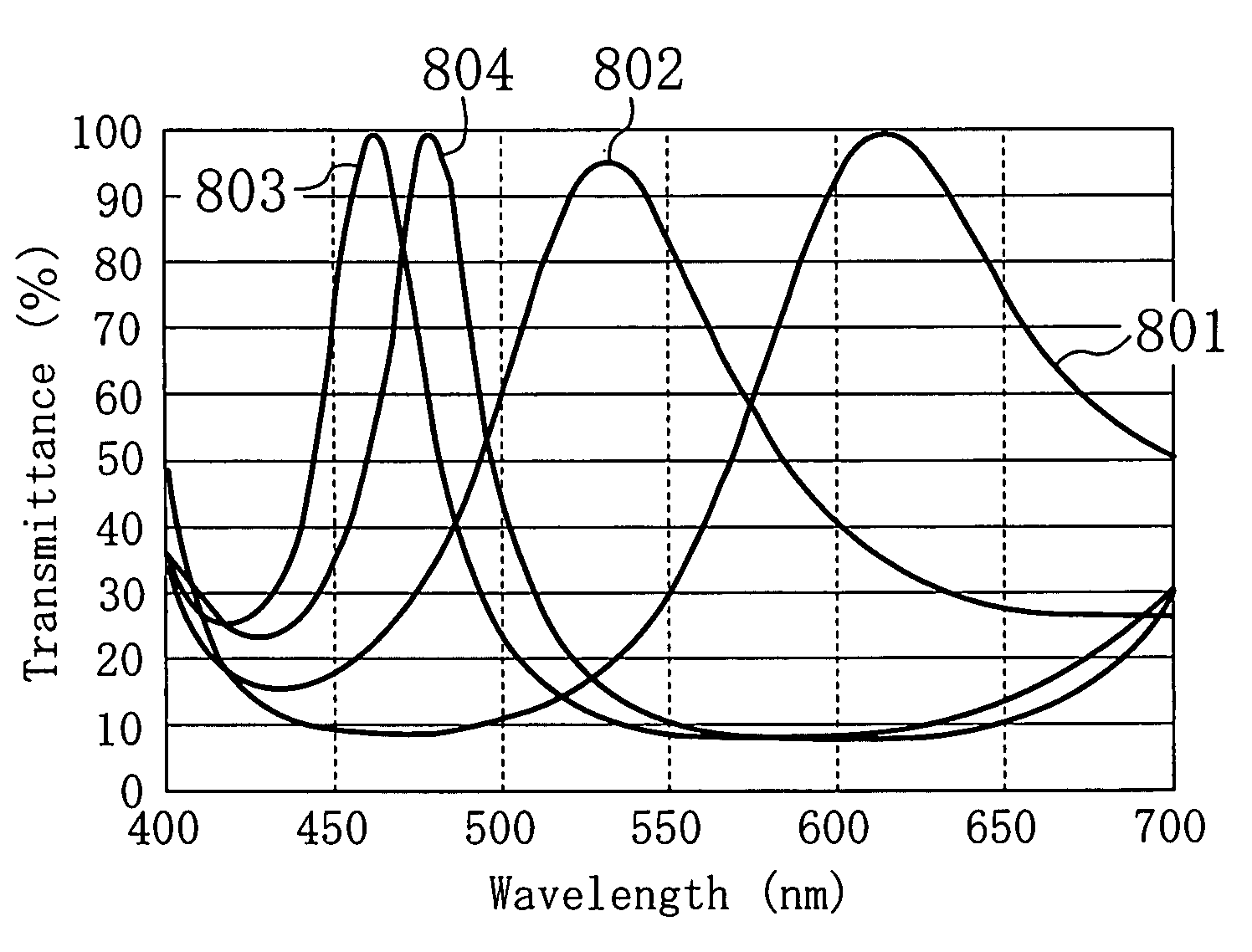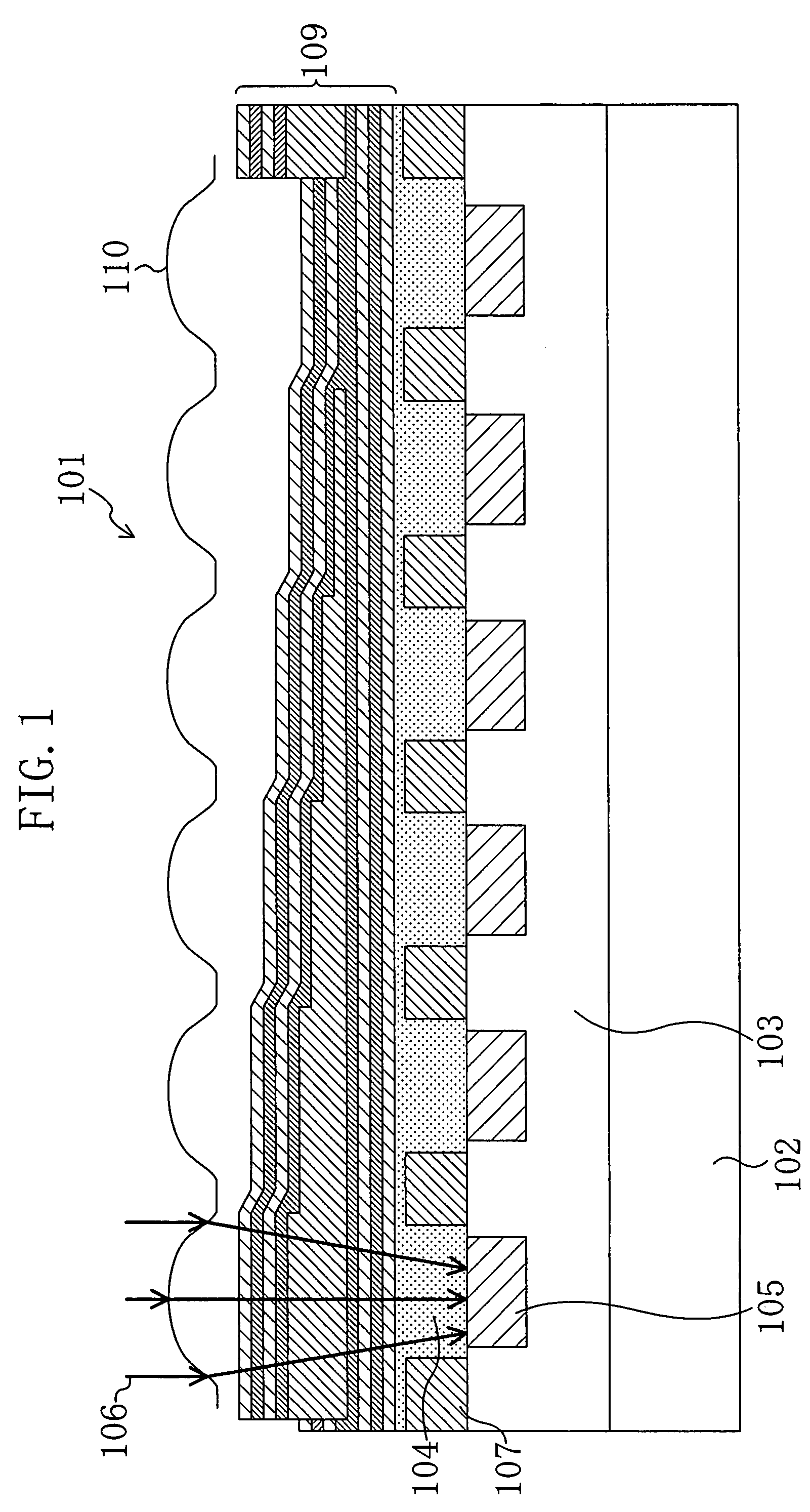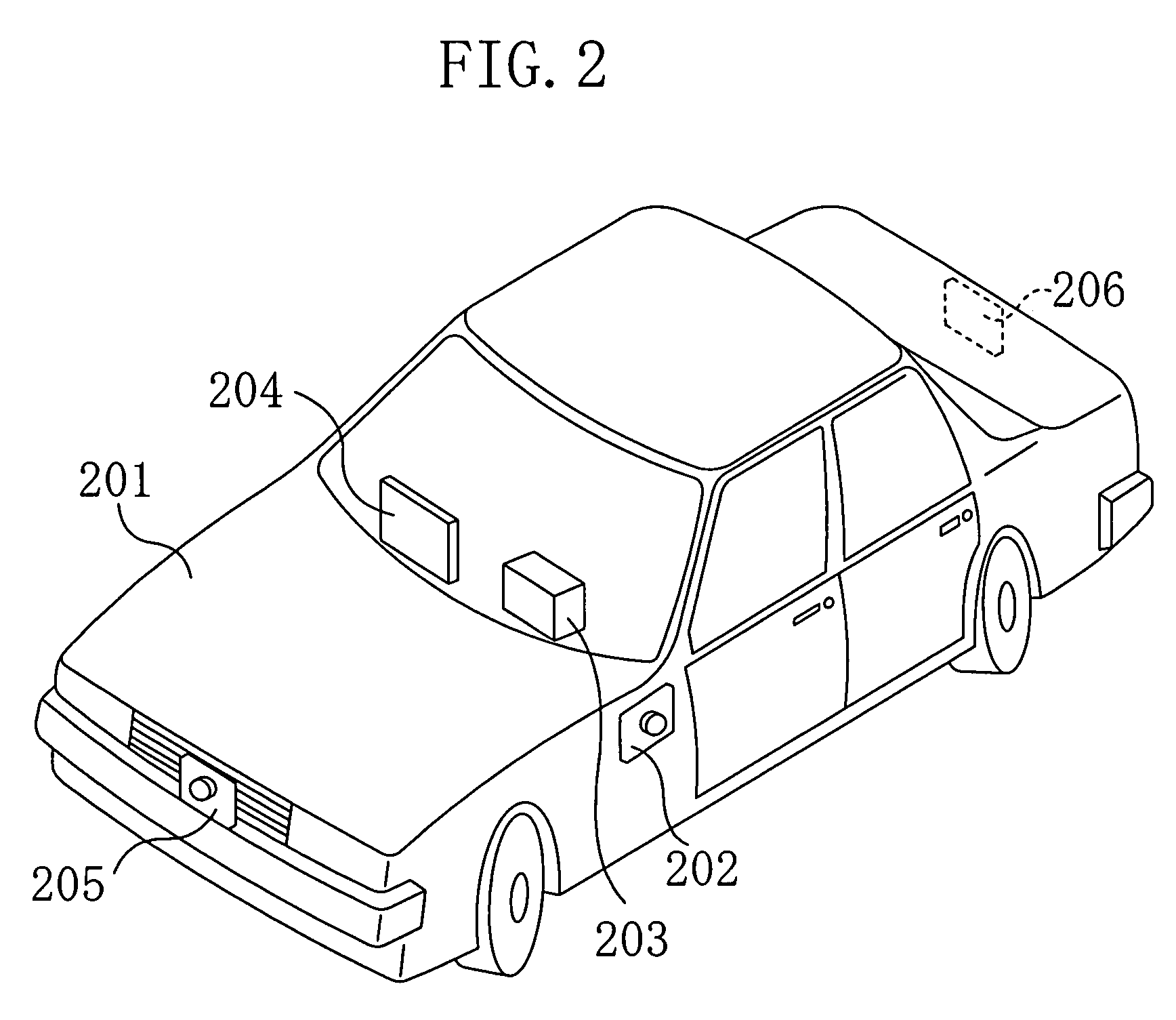Imaging device
a technology of imaging device and image, which is applied in the direction of picture signal generator, television system scanning details, television system, etc., can solve the problems of reducing the performance of the camera, affecting the safety, design and performance, and reducing the comfort of the user, so as to improve the color reproducibility. , the effect of free from discoloration
- Summary
- Abstract
- Description
- Claims
- Application Information
AI Technical Summary
Benefits of technology
Problems solved by technology
Method used
Image
Examples
Embodiment Construction
[0032]Hereinafter, preferred embodiments of the present invention will be described with reference to the accompanying drawings.
[0033]FIG. 1 is a cross-sectional view showing a structure of an image sensor of an imaging device of an embodiment according to the present invention. As shown in FIG. 1, in an image sensor 101, an n-type layer 102 and then a p-type layer 103 are formed in a silicon semiconductor substrate, and an interlayer insulating film 104 is formed on the p-type layer 103. Photodiodes (photoelectric conversion elements) 105 are formed in the p-type layer 103 by ion implantation of an n-type impurity. The photodiodes 105, which respectively correspond to unit pixels of the image sensor 101, photoelectrically convert incident light 106. The photodiodes 105 are isolated from one another with isolation regions 107.
[0034]Multilayer filters 109 made of dielectrics are formed on a light-shading film (not shown) formed to suppress light from being incident on the isolation r...
PUM
 Login to View More
Login to View More Abstract
Description
Claims
Application Information
 Login to View More
Login to View More - R&D
- Intellectual Property
- Life Sciences
- Materials
- Tech Scout
- Unparalleled Data Quality
- Higher Quality Content
- 60% Fewer Hallucinations
Browse by: Latest US Patents, China's latest patents, Technical Efficacy Thesaurus, Application Domain, Technology Topic, Popular Technical Reports.
© 2025 PatSnap. All rights reserved.Legal|Privacy policy|Modern Slavery Act Transparency Statement|Sitemap|About US| Contact US: help@patsnap.com



